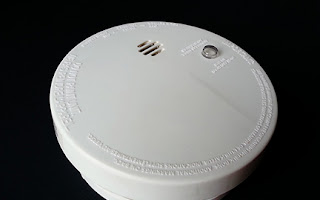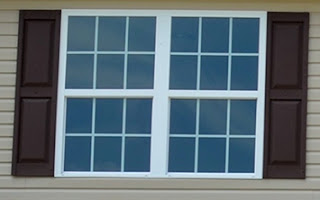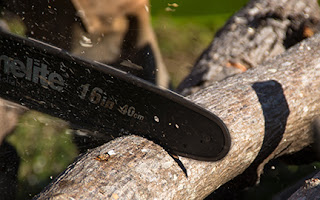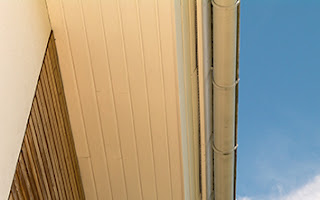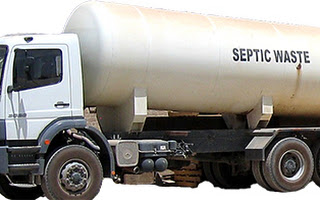SPRING CHECKLIST 2024
Preparing your home for a brand new season? We have a terrific spring checklist for you.
When winter turns into spring, most of us feel a collective sigh of relief, a change of mood. There are whispers of hope and renewal in the air.
For homeowners, some down-to-earth things about spring — what you need to do to properly prepare your home for a new season — might seem a bit daunting.
But it doesn’t have to be a big job. Our Lagois Design·Build·Renovate experts say taking a bit of time each season is a powerful task that can save you thousands. They have some good tips for you about what to do and what to remember.
Heating and Cooling Systems
☐ Replace HRV and furnace filters. This will make it easier to regulate your home’s temperature, or schedule a professional HVAC maintenance service. They have the proper equipment to ensure optimal performance.
☐ Have your ducts cleaned to improve furnace performance and ensure clean air in your home.
☐ Check exterior exhaust vents, like your dryer, for blockage or broken screens. The dryer vent can’t have a screen, and lint is extremely flammable, so vent cleaning is important.
☐ Keep your ventilation fans (such as HRV heat recovery ventilator) running continuously and run your bathroom fans before and after showers.
☐ Remove and clean bathroom and exhaust fans to prevent smells and moisture. Check ceilings /tub areas for presence of mould

☐ Adjust your thermostat for the warmer weather ahead. If you don’t have a programmable thermostat, consider one. It can automatically adjust temperatures when you are at work, for example.
☐ Uncover your air conditioner and clean the AC condenser coils. Important: Make sure power is turned off to the unit before performing any work on it.
☐ Clean and clear debris from around the unit.
☐ Check coolant lines for any signs of leakage or missing insulation around the pipes.
☐ Test the unit by running it. (If the power was shut off to the unit, wait 24 hours before turning it on.)
☐ Change your range hood filter once or twice a year – even more often depending on the type of cooking you do.
And while you’re at it,
☐ Change any water filters in your fridge.
Windows
☐ Inspect seals and caulking. Make sure there are no possible leaks, because once you find the leak, damage has likely already happened.
☐ Check screens for holes to keep bugs and critters outside.
☐ Check the operation of cranks to make sure all windows are operating smoothly. (Binding windows can indicate unwanted pressure or strain on a window.)
☐ Check your basement window wells to make sure they are free of debris and are draining at an adequate rate to prevent overflows.
Roof
☐ Look for lifted or missing shingles or loose flashing. But do so safely. Call the pros.
Trees
☐ Look for dead, broken branches that are in danger of falling and hurting someone.
Sump Pump
☐ Test that your sump pump is operating properly. Make sure the “max” and “min” water level settings are positioned correctly.
☐ Consider a battery backup, especially if your pump runs several times an hour. If you have a battery backup, check its condition. Usually there are light indicators.
TIP: Consider installing a secondary pump in case of primary pump failure, because constant operation can be hard on pumps. Check your basement floor for any damp areas or pooling water.

☐ Inspect your foundation wall and basement concrete floors for any cracks.Cracks will usually appear on the corners of the basement window, or at elevation changes.
☐ If water interior is present, consider calling a foundation repair expert to assess the problem and suggest appropriate solutions for example, crack repair, tile drainage repair, a new damp-proof membrane.
Radon Gas
☐ Get ready to check possible radon levels in your home. This is something best done in winter rather than spring, but it’s a good idea to research it and start getting prepared, because if your home is exposed to high levels of radon, you will need to take action right away. 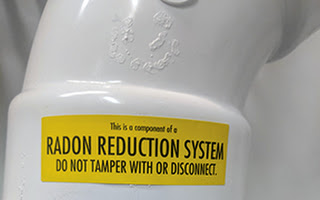
☐ You can test for radon yourself with a kit you can buy at hardware stores; or find a local professional who is certified under the Canadian National Radon Proficiency Program (C-NRPP) and set up an appointment.
Exterior cladding, decks and walks
☐ Wash the exterior of your home. See if caulking joints, flashings, soffit, and fascia are still intact after a harsh winter. (Be sure not to spray water or pressure wash upwards“ in particular, vinyl siding “ soaps especially. Water can also damage the building wrap behind the siding, affecting its function and breathability.)
Septic
☐ Check your septic tank schedule. Is it time to pump? If so, remember not to pump in early spring, when the water tables are high. It can cause your tanks to float and pop out of the ground, especially the newer plastic ones. It’s best to wait and schedule your pump-out later in June or after spring waters have gone down.
☐ Clean the exit filter. (Are you aware your septic should have a filter on the exit pipe so solids don’t block the filter bed?) Clean the filter annually to ensure good flow to the bed. (If you don’t have a filter, or wish to have it cleaned, consult a septic expert.)
Other outdoor tasks
☐ Look for foundation and brick walls for cracks, especially large (vs hairline) cracks. Ensure any gaps or cracks are filled, but be sure to consult an expert, because filling cracks in brick with caulking, for example, can cause long-term damage.
☐ Turn your outside water back on for the year. Test the valves to make sure they don’t leak. Water is costly.
☐ Test your outdoor power outlets. If there are any issues, consult a licensed electrician.
☐ Clean walks and driveways. If gaps and cracks are present, fill them with recommended patching compound for the particular application. Water penetrating those cracks can cause further damage in coming winters. (Filling them also prohibits weed growth.)
☐ Clean decks and stain. Inspect the condition of the frame and deck surface. Replace any rot immediately. It will spread – similar to rust on your car. TSP (Trisodium Phosphate) and bleach make a wonderful deck surface-cleaner (along with elbow grease and a stiff brush).
☐ If you re-stain your deck, make sure you start with a clean dry surface and plan for 24 hrs. of drying time. (Follow manufacturer’s directions.)
☐ To help displace weeds, get rid of dead grass and overseed your lawn. Overseeding is an easy way to thicken it and protect against the growth of weeds.
Regular tasks to remember
☐ Make sure your insurance is up to date. Do some inventory and refresh your list of all the items in your home, and inform your insurance company.
☐ Cleaning your carpet is a good thing to do in spring as well as before winter. Use a steam cleaner or hire a professional cleaning company.
☐ Change the batteries in your smoke and carbon monoxide detectors. Remember to do this twice a year, and test to make sure the battery is working properly.